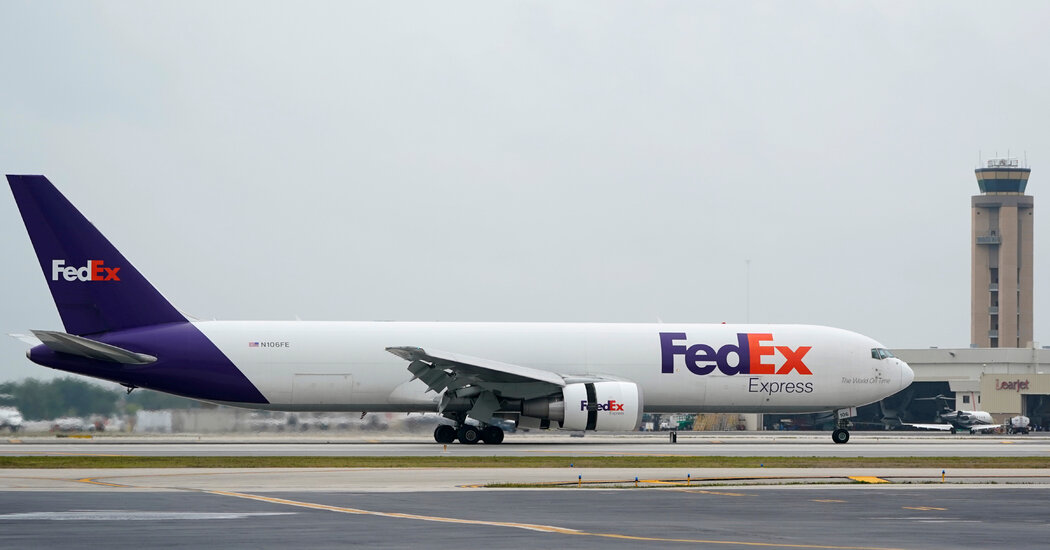The skies above Austin-Bergstrom International Airport were a source of tension and fear last Saturday morning. The Federal Aviation Administration (FAA) reported that two airplanes, a FedEx cargo plane and a Southwest Airlines flight, narrowly avoided a collision due to an air traffic controller clearing them both to use the same runway.
Radio transmissions of the episode suggest that reduced visibility conditions may have been a factor in the near-miss. The FedEx plane was cleared to land on Runway 18-Left while it was several miles from the airport, but shortly before it was due to land, the controller cleared the Southwest flight to depart on the same runway. The pilot of the FedEx plane was forced to abort the landing and initiate a climb out.
It is believed that the air traffic controller was unable to see either of the two planes, but was relying on both pilot reports and airport surface detection technology to track the planes. Michael McCormick, a former FAA control tower operator and an assistant professor of aviation science at Embry-Riddle University, said the near-collision was “exacerbated” by reduced visibility, which can be caused by dense fog or an unusually narrower gap between the ground and clouds.
The Southwest plane eventually landed in Cancun, Mexico, and the FedEx plane landed safely in Austin. The National Transportation Safety Board and the FAA are both investigating the incident. This episode comes a day after a minor accident involving two United Airlines planes at Newark Liberty International Airport and last month, at Kennedy International Airport, an American Airlines plane crossed a runway about 1,000 feet in front of a Delta flight that was about to take off.
The skies can be a dangerous place, and this near-miss serves as a reminder to the importance of air traffic control and the diligence of pilots in ensuring the safety of all passengers.
Source: www.nytimes.com
